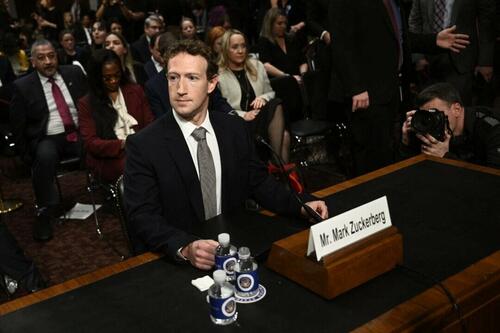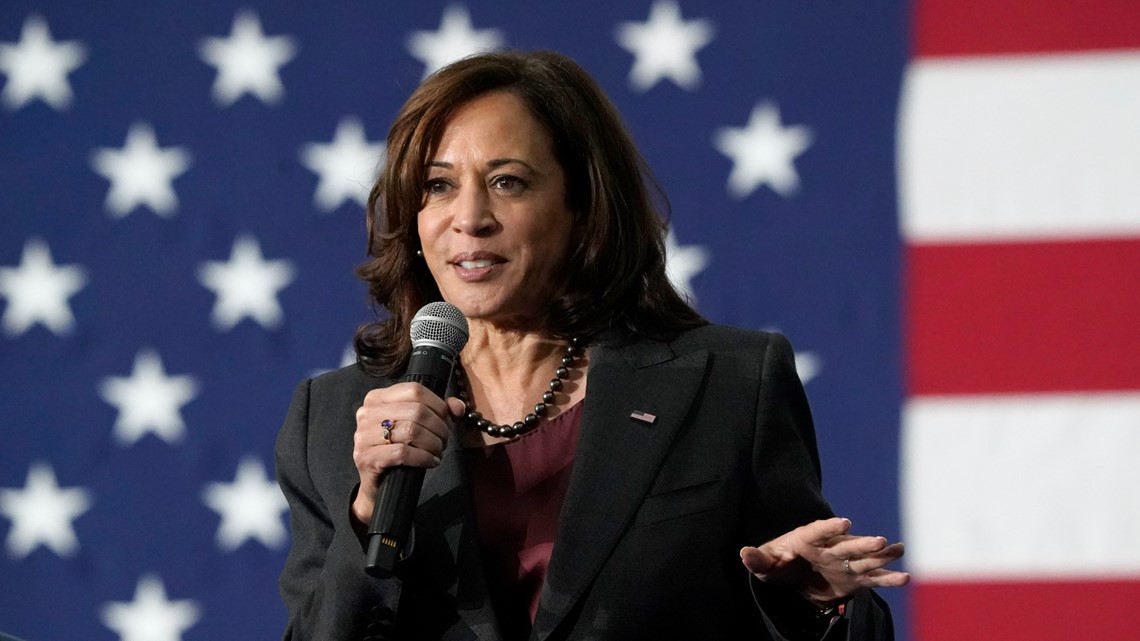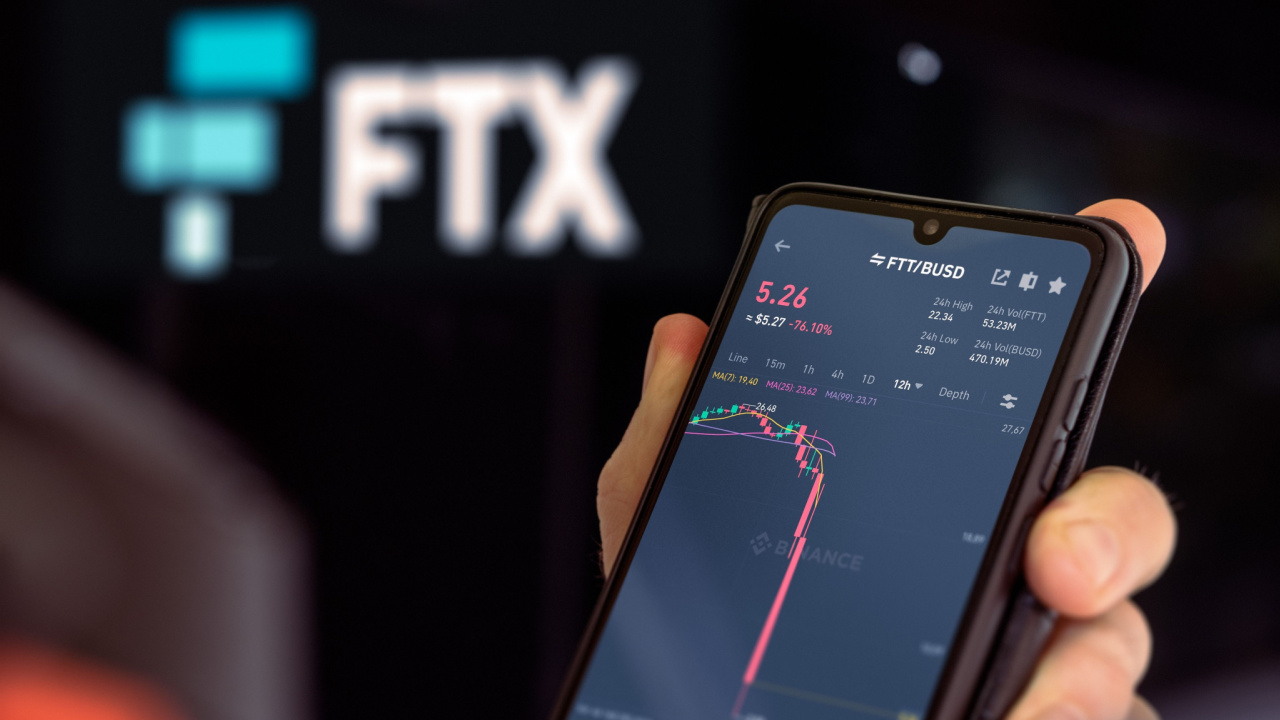Thursday, May 4, 2023 | 2 a.m.
I have two friends, one a Gen X man and the other a millennial woman, who have not been to see a doctor in several years. I was close to threatening them with bodily injury to get them to schedule appointments.
Their reasons for not staying on top of their primary care had to do with difficulty scheduling appointments and overall dissatisfaction with the care they receive, and they are not alone.
One-third of Americans do not have a regular primary care doctor, according to a recent survey from the National Association of Community Health Centers.
These “medically disenfranchised” Americans represent all ages, races, ethnicities, income levels, locations and insurance status.
Part of the issue is the lack of primary care doctors — a cause and effect of a broken health care system in which Americans pay more for health care per capita than any other developed country yet have some of the worst health outcomes.
The leading causes of death in the United States in 2021 were heart disease, cancer and COVID-19, all conditions that have a good probability for prevention and/or early treatment if only we could improve our system of primary care.
Primary care is the only medical discipline where a larger supply of doctors leads to improvements in population health, longer lives and greater health equity, according to a study cited by Kyna Fong, CEO and founder of Elation Health, writing for Harvard Business Review in September 2021.
I happen to love my primary care doctor. I started seeing him a few months after I moved to Atlanta and fainted for the first and only time in my life in The Atlanta Journal-Constitution’s newsroom. I had not yet had the time to find a local practitioner, so a co-worker recommended her physician and I’ve been with him since.
We’ve had a near 20-year relationship that has included bouts with the flu, my “advanced-age” pregnancy, a mysterious viral infection that left me with a rattling cough for several months, breast health scares and other symptoms and ailments from which he has built my unique medical profile largely by listening rather than relying on a series of inputs and algorithms to make a diagnosis.
“For centuries, medicine was more relationship than science,” wrote Fong. “For primary care, the conversation with the patient, the longitudinal relationship, and the whole-person approach are necessary to achieving results that impact outcomes and costs.”
The relationship between a primary care physician and patient is often circular, Fong said, and attempts to make that more efficient with technology and processes designed to reduce costs also reduce the bonds of trust that could lead to healthier outcomes.
We rely on a health system model that rewards physicians based on volume rather than quality of care, a method that devalues that “whole-person approach” to health that primary care doctors are uniquely equipped to provide.
Primary care doctors are reimbursed at lower rates than specialists, which discourages medical students from entering the field. As a nation, we spend 50% less on primary care than other developed countries, wrote Fong.
Patients may end up waiting weeks for an appointment only to spend 10 minutes with a care provider.
I can understand why it may seem more tolerable to keep plugging along and avoiding those annual visits to a primary care doctor than to be deflated by a brief interaction that may or may not address underlying health issues.
Still, for patients, finding a provider we connect with and then showing up regularly is our end of the bargain.
Reforming our current health system to one that prioritizes the primary care relationship and offers the tools and financial incentives that enable primary care doctors to focus on value-based care is the role of the government and the health industry.
I don’t know the path that will get us there, but I know our lives depend on it.
Nedra Rhone is a columnist for The Atlanta Journal-Constitution.















